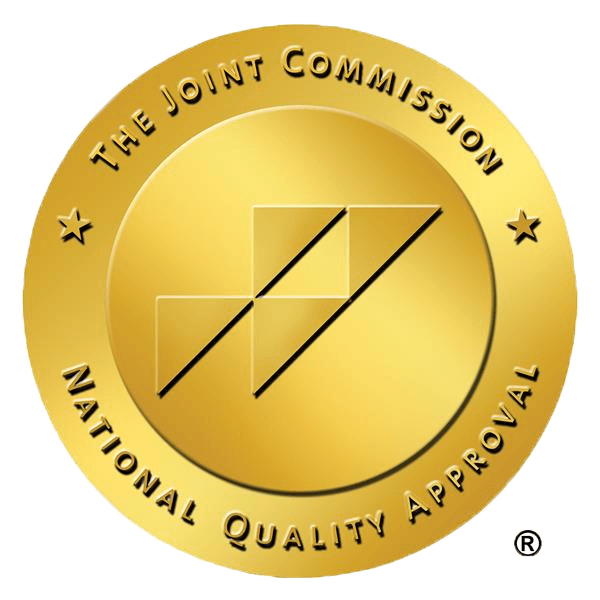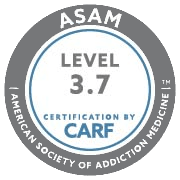How to Spot the Warning Signs of Crack Cocaine Use
Learn the Danger Signs of Crack Cocaine Use
Crack cocaine is a harmful and addictive drug. When there is crack cocaine use, it’s only a matter of time before the use of the drug becomes apparent.
From showing signs of withdrawal such as a loss of appetite, anxiety, and mood disturbances to the effects that crack cocaine has on the physical body such as malnutrition, tooth decay, and abscesses, there are many warning signs that crack use is taking place.
If you or a loved one is in need of help with addiction, call 949.569.7517 today to speak with a treatment specialist.
According to the 2018 US survey conducted each year to assess drug use among other things, there were an estimated 757,000 current users of crack cocaine, based on past-month use.
The more a person partakes in crack cocaine use, the higher their chance is of becoming addicted. Once a physical addiction sets in, treatment at a professional center such as Dana Point Rehab Campus is often the best and sometimes the only way to overcome the physical and mental dependence on crack cocaine.
How to Spot Crack and Accompanying Drug Paraphernalia
Crack cocaine is a more potent version of cocaine. It resembles small rocks with an off-white color and may appear to be crystalline. The rocks will have a numbing sensation on the tongue.
Crack is smoked. The heat produces vapors that are inhaled, and the name “crack” comes from the popping sound the drug makes when heated with a flame. The drug may be sprinkled onto other substances such as marijuana or tobacco and then smoked, which would appear as white-like crystals scattered inside the rolled smoke.
Some of the common items used to smoke crack include the following:
• Straws and tin foil: The drug is heated from underneath the tin foil and then inhaled via the straw.
• Glass pipes and light bulbs: You may find broken light bulbs which are used as a makeshift device to heat the crack, or find glass smoking pipes.
• Aluminum cans: Finding an aluminum can that has burn marks can indicate crack cocaine use. The can will have holes in it as well as indents.
• Filters: In order to keep the crack in place, steel wool, copper gauze, or faucet aerators (to mesh part of a faucet) are often used.
The Immediate Effects of Crack Cocaine Use
One of the ways that you can tell if someone is using crack is by observing their behavior and the physical effects of cocaine. While the effects that cocaine has on a person may vary based on their biology, the strength of the drug, and how much they took, the following signs can indicate that there is crack use taking place:
• Anxiety
• Seizures
• Short-lived euphoria lasting about 10-30 minutes
• A craving to use more
• An increase in their body temperature
• Paranoia
• Dilated pupils
• Loss of appetite
• Unusual sleeping patterns
• High blood pressure and heart rate
• Hallucinations including feeling “bugs” crawling under their skin
• Muscle twitches
• Nosebleeds
• Blisters and burns on the lips
• Restlessness
Intervention and Treatment
If you have discovered that a loved one is using crack cocaine, then your best bet is to get in contact with a professional for help. An intervention that is run by an intervention specialist can help to bring the drug abuser to the realization that their crack use is a problem that must be dealt with.
At Dana Point Rehab Campus, we can assist you with admitting a patient and then providing them with a medical detox to break the physical addiction to cocaine. After detox, we will guide them through their recovery through evidence-based therapies that can bring about significant positive change to the addict’s life in recovery.
To find help in Orange County, contact us at Dana Point Rehab Campus by dialing 949.569.7517 today to take advantage of the thorough assessment that helps our healthcare professionals to personalize a treatment program to suit your exact treatment needs.









Leave a Reply
Want to join the discussion?Feel free to contribute!